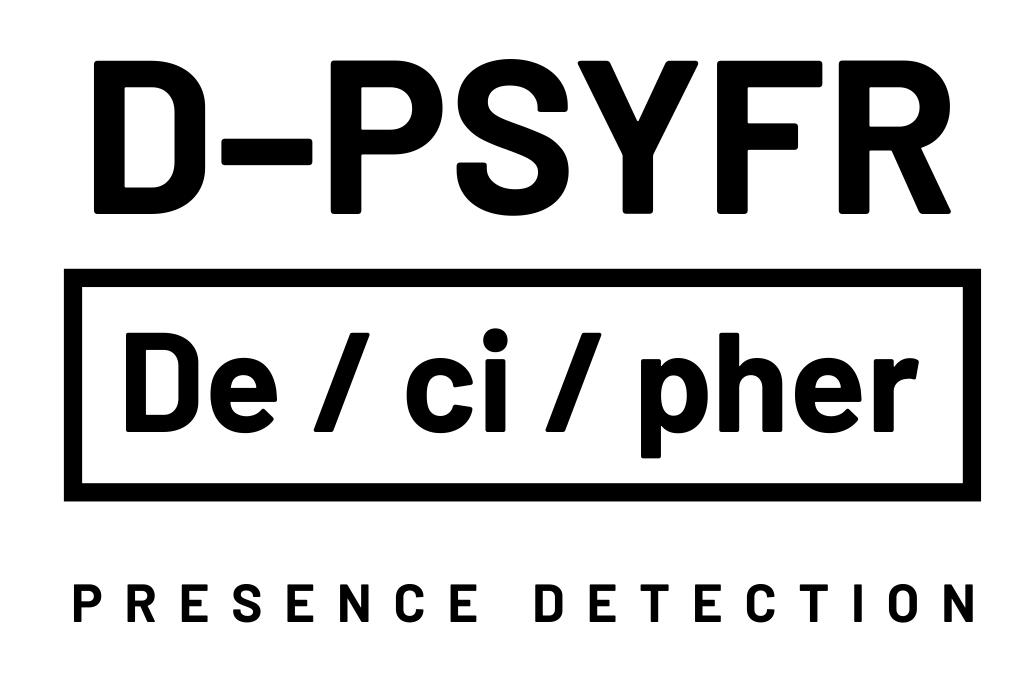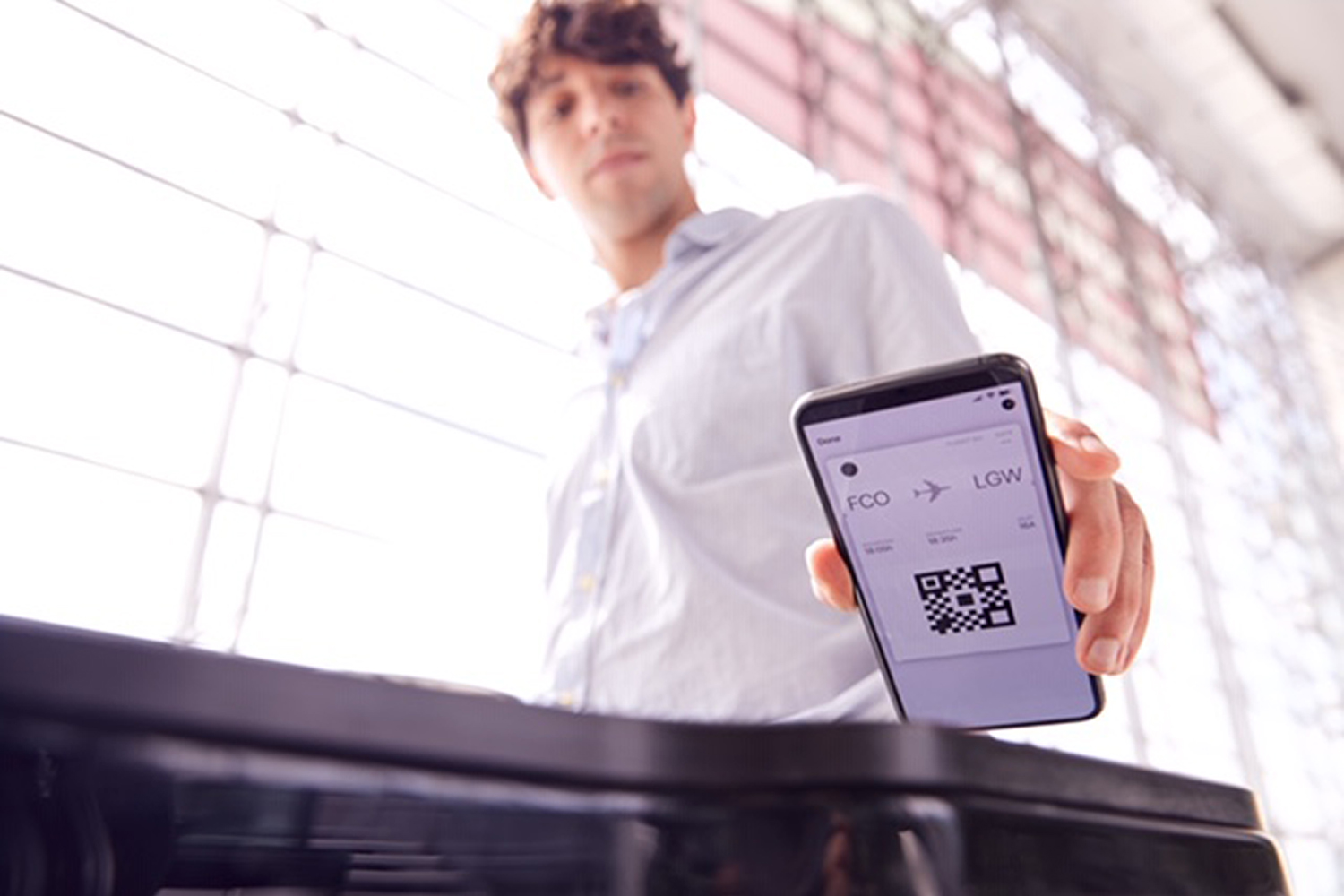
What questions have you stopped asking because nobody else is looking to answer, or simply can’t?
It’s time to rethink the interfaces between man and machine. As the boundaries dissolve, we can increasingly decode us. Psyfr has developed the `first non imaging human presence detection systems based upon the data signature of a human being. We don’t need to `see you` anymore.
HPD Human Presence Detection
HPD fully automated system scans Lorries for human presence. Machine learning algorithm predicts human presence and its location(s). Exception reporting alerts security personnel.
Contactless, frictionless, nonstop detection means Trade is not slowed. Non intrusive, passive, all weather outdoor system affords cost saving over slower labour intensive technologies.


Digital twinning, data pictures and digitizing goods.
Same scan, many benefits.
By re tooling HPD we can also scan the entire the cargo taking a data picture, noting number and location of pallets; so what leaves A, goes through C, and arrives at B is untouched, digital twinning providing assurance of proof of delivery.
Digitizing goods automatically enables x checking to the manifest, only alerting when there is a significant deviation from the `data signature` of these goods. HPD can identify and recognise broad categories of goods i.e. if the manifest states sawn timber products and pallets of bottled water there has to be a strong correlation to our ML prediction.
Unusualness, making sense of what is hidden from us.
Passive RF characterisation of Satellites and random space objects.
Does the Satellite do what it say’s on the tin, or is it doing other stuff?
Measuring unusualness or novelty data in a continuous data stream to understand the characteristics of individual Satellites.
Find out what’s going on up there.
Pax Trax
Main difficulties in Airports today are the inexorable rise in passengers and resulting congestion. The oxymoron, is that it`s becoming more difficult to simplify the passenger journey, optimise resources, and maximise NAR in sync.
Airport Terminals strive to become resource optimised processing boxes, but to make that work and improve pax UX, requires ever increasing intelligence and data insight to support sophisticated operational decisions.
Pax Trax provide the answers you didn’t know existed to your most valuable commercial and operational questions. We capture and analyse “difficult to get” information, because getting more of the same data isn’t going to solve it.

Real Time Queue Management
The Challenge
Simple binary reporting of average queue times and poor performance SLA breach’s, is not what good looks like. It’s changed. It’s had to. Now it’s about trying to lessen the number of variable outcomes; good, is managing a consistent and efficient optimised security processing box, matching staff resource to demand slot peaks improving pax UX and NAR and hopefully, in sync.
Capacity Forecasting, Flow Management
and Resource Optimisation
The Challenge
The disconnect between what’s forecast and what really happens is because historical data is a poor indicator of future events; compounded by weak statistical analysis and “shallow data sets” are insufficient to make confident decisions.
Confidence in capacity and passenger flow forecasts start strong, but confidence evaporates when it plays out in the terminal. With fixed assets and staff rotas the only “flex” in the terminal is a lengthening queue time. With a baked in the cake xxx pax per hour processing rate per channel you rely on a constant uniform pax flow even in demand slot peaks.


Experiment Suite & Data Science
An Experiment Suite takes the guesswork out of large scale implementations by allowing you to plan structured experiments throughout the Airport to test hypotheses and theories in a scientific way. The experiment suite allows you to run a series of scenarios to establish whether a better ROI could have been delivered.
Asynchronous data capture
We have uniquely perfected an asynchronous data capture system which sync`s and merges data (automatically) between say a passenger’s smart device and i.e. an ABCR gate or epos till. This process unlocks value from previously un measurable data insights.
We can significantly exceed and infill your gaps in purchasing behaviour and spending by passengers once airside. This cascade of previously unobtainable data unlocks opportunities to improve UX and NAR. No longer rely on historical WDF epos data, average dwell time and guess work.


F+B spend analysis by flight
The missing jigsaw piece in measuring NAR is attributing F&B spend to individual flights. Unlike WDF sales, airports cannot apportion spend to individual pax as there is no way of knowing end destination, there is no “identifier”. Our system uses the common denominator (smart device) to which we attach some of the flight details at the ABCR gates.
Life Time Value (LTV) Modelling
LTV Modelling measures the “value” to the airport of individual passenger group clusters. The “value” is the complete sum of all the important data inputs that affect the passenger`s journey and goes way beyond the typically narrow sub set available to airports.
The LTV model measures and ranks entirely new data sets that were previously unobtainable challenging deeply held anecdotal beliefs or observational data that somehow are indelibly ingrained into airports understanding.
The model has many inputs including loyalty (to the airport), not based upon spurious “satisfaction” mkt research (unreliable), but considering the true catchment area of your current passengers.

Research:
White Papers
Case Studies
Clients and Industry
Collaborators










